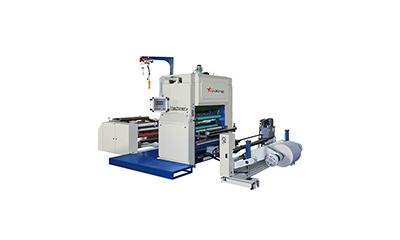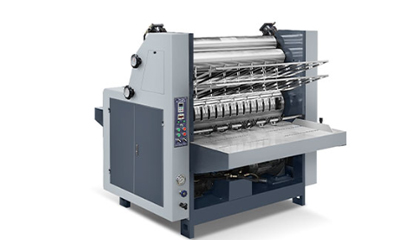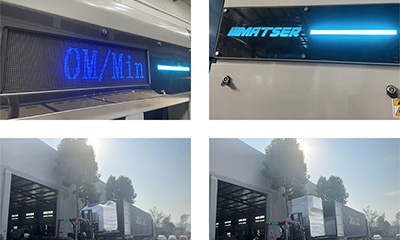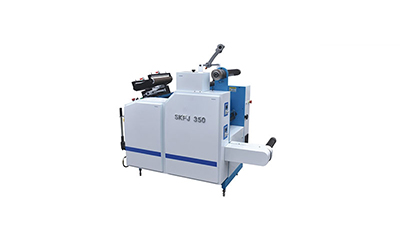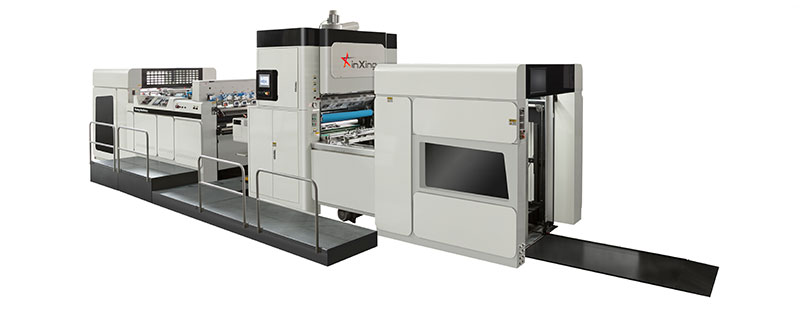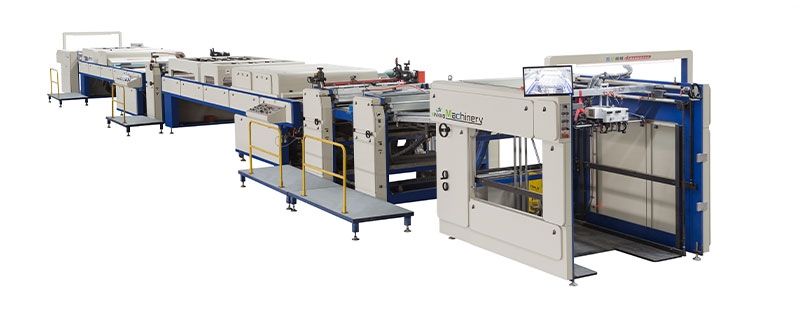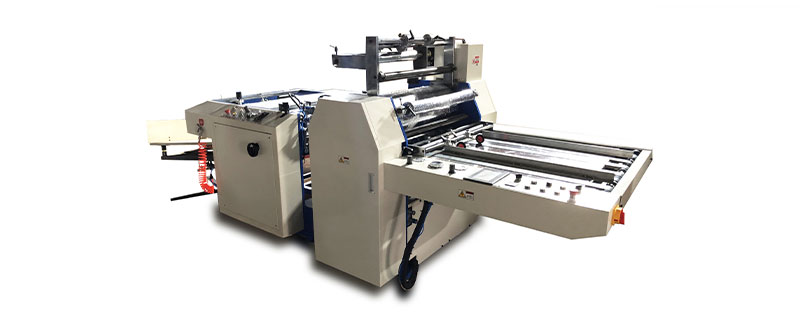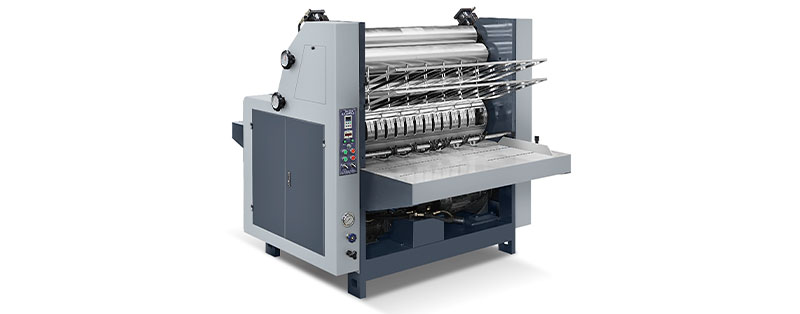Roll laminating machines are specialized devices that apply protective plastic film to flat materials (paper, cardstock, photos, posters). They feed material between two film rolls, pressed by heated/pressure-only rollers to form a bonded layer. This process boosts material durability (resisting tears, moisture, stains, fading) and adds a professional finish. Available in sizes from small desktop (home/office) to large industrial. Core components: film rolls, feed rollers, heating elements (hot models), pressure rollers, and control panels for temperature/speed/pressure.
What is the difference between a cold and hot roll laminator?
The key difference between cold and hot roll laminators is the adhesive activation method, affecting functionality, applicable materials, and use cases.
Hot Roll Laminators: Use heat to melt film adhesive for bonding. Need warm-up to 180°F-300°F (varies by film type/thickness). Ideal for heat-resistant materials (standard paper, cardstock, printed docs). Create strong permanent bonds and glossy finishes. Not for heat-sensitive items (inkjet photos, vinyl, synthetic paper).
Cold Roll Laminators: Cold (pressure-sensitive) laminators use only pressure for bonding. Their film has pre-applied adhesive activated by pressure. No heating needed—ready to use instantly. Great for heat-sensitive materials (inkjet photos, vinyl decals, stickers). Bonds may be weaker, but they’re more versatile for delicate items and easier for beginners (no temperature adjustments).
What is roll laminating used for? What can I make with my roll laminator?
Roll laminating is widely used across various industries and for personal projects due to its ability to protect and enhance materials. Common applications include:
Office and Business Use: Creating durable ID badges, business cards, menus, price lists, posters, presentation materials, and training guides. Laminating these items ensures they can withstand frequent handling and exposure to spills or moisture.
Education: Making reusable teaching aids such as flashcards, charts, maps, classroom labels, and activity sheets. Laminated materials can be written on with dry-erase markers and wiped clean for repeated use.
Photography and Art: Preserving photographs, art prints, and illustrations from fading, dust, and damage. Laminating can also give artwork a glossy or matte finish to enhance its appearance.
Retail and Signage: Producing point-of-purchase displays, banners, window decals, and product labels that are resistant to outdoor elements and wear.
Home and Craft Projects: Creating personalized items like scrapbook pages, homemade stickers, calendar pages, placemats, party decorations (such as banners and table tents), and kids' crafts (like laminated coloring pages or puzzle pieces).
What are some features I should look for in a roll laminator?
When selecting a roll laminator, consider the following features to ensure it meets your specific needs:
Laminating Width: Determine the maximum width of the materials you plan to laminate. Desktop models typically handle widths up to 12-18 inches, while industrial models can accommodate 24 inches or more.
Speed: Look for a machine with adjustable speed settings. Faster speeds are efficient for large batches, but slower speeds may be better for delicate or thick materials. The speed is usually measured in inches per minute (IPM).
Temperature Control: For hot laminators, variable temperature control is essential to accommodate different film thicknesses and material types. This ensures the adhesive melts properly without damaging the material.
Roller Quality and Quantity: Machines with more rollers (typically 4-6) apply more even pressure, resulting in smoother laminating. Stainless steel or silicone rollers are durable and resist sticking.
Film Compatibility: Check if the machine works with different film thicknesses (measured in mils, e.g., 3mil, 5mil, 10mil) and types (glossy, matte, cold adhesive). Some machines are compatible with both hot and cold films.
Feed and Take-Up Systems: A built-in feed tray helps align materials correctly, while a take-up roller (for finished laminates) keeps the output neat and prevents tangling. xinxing's Roll Laminating Machine, for example, is equipped with a stable feed system and adjustable take-up roller, ensuring smooth operation even for long runs.
Safety Features: Look for features like a heat-resistant housing, automatic shut-off (to prevent overheating), and emergency stop buttons for added safety.
How do I get the best laminating results?
To achieve professional, high-quality laminating results, follow these tips:
Choose the Right Film: Select a film thickness and type that matches your material and intended use. Thicker films (5mil+) offer more protection for items that will be handled frequently, while thinner films (3mil) are suitable for lightweight materials like paper.
Prepare the Material: Ensure the material is clean, dry, and free of dust, smudges, or wrinkles. If laminating paper, flatten it first to avoid bubbles.
Set the Correct Temperature and Speed: For hot laminators, allow the machine to warm up to the recommended temperature for your film. Adjust the speed based on the material—slower for thick or delicate items.
Align the Material Properly: Use the machine's feed guides to align the material straight before feeding it into the rollers. Misalignment can result in uneven laminating or wasted film.
Apply Even Pressure: Ensure the rollers are applying consistent pressure. If using a machine with adjustable pressure, test on a scrap piece first.
Let It Cool: After laminating, allow the finished item to cool completely before handling or trimming. This helps the adhesive set properly and prevents the film from peeling.
Trim Carefully: Use a sharp pair of scissors or a paper cutter to trim excess film, leaving a small border (about 1/8 inch) around the material to seal the edges and prevent peeling.
Maintain the Machine: Regularly clean the rollers with a lint-free cloth and appropriate cleaner (as recommended by the manufacturer) to remove adhesive buildup. This ensures smooth operation and consistent results over time. With xinxing's Roll Laminating Machine, routine maintenance is simple, thanks to its easily accessible rollers and user-friendly design.
Conclusion
Roll laminating machines are versatile tools for protecting and enhancing printed materials. Understanding the differences between hot and cold laminators, selecting the right features, and following best practices ensures smooth operation and professional results for every project.


